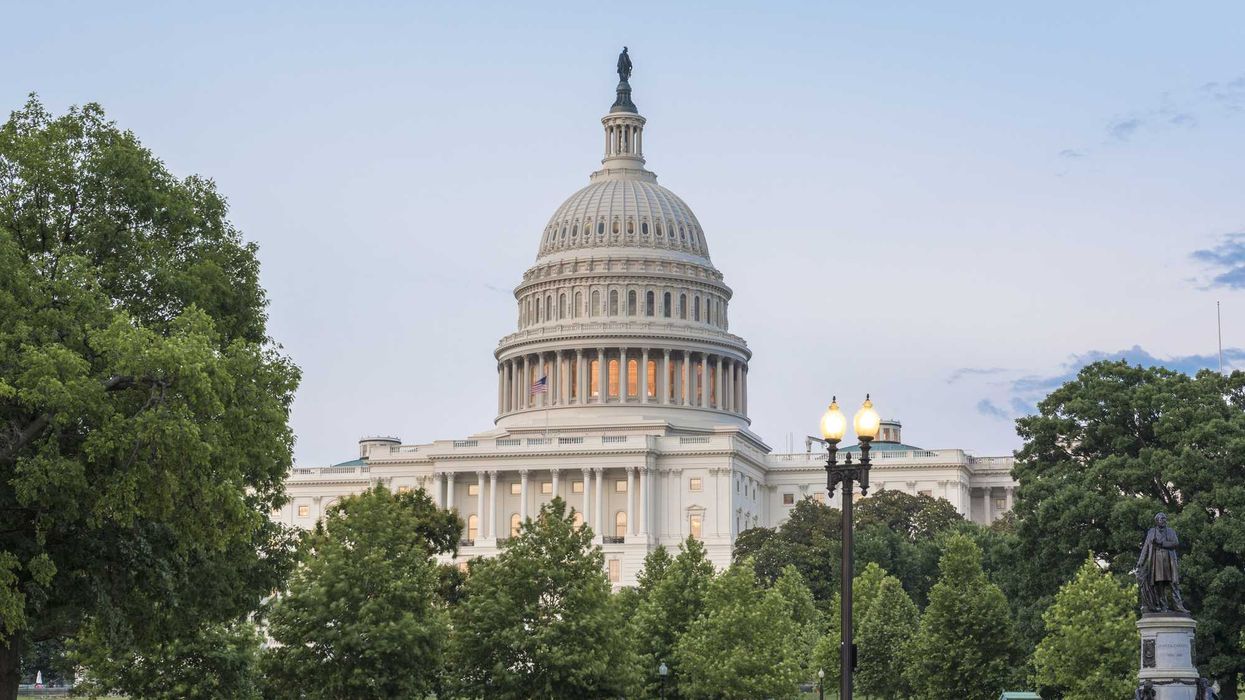Why does The Fulcrum feature regular columns on health care in America?
U.S. health care spending grew 9.7 percent in 2020, reaching $4.1 trillion — 19.7 percent of the gross domestic product. Over the long term this is clearly unsustainable. If The Fulcrum is going to fulfill our mission as a place for informed discussions on repairing our democracy, we need to foster conversations on this vital segment of the economy. Maximizing the quality and reducing the cost of American medicine not only will make people's lives better, but will also generate dollars needed to invest in education, eliminating poverty or other critical areas. This series on breaking the rules aims to achieve that goal and spotlights the essential role the government will need to play.
Pearl is a clinical professor of plastic surgery at the Stanford University School of Medicine and is on the faculty of the Stanford Graduate School of Business. He is a former CEO of The Permanente Medical Group.
In the lead-up to the 2022 midterm elections, health care was once again a top issue for voters, ranking third behind inflation and abortion. But will its importance among voters translate to policy changes within a split Congress? That depends.
For constituents whose hearts are set on highly partisan pieces of legislation — like Medicare for All, popular among progressives, or raising the age of Medicare eligibility, as some Republicans desire — there’s no chance.
But, despite narrow majorities in the House and Senate, Congress can still pass highly beneficial laws over the next two years. Understanding which policies are in play is a matter of looking at where the health care agendas of both parties overlap.
Through that lens, here are three health care improvements the 118th Congress could pass:
Lower drug prices.
The Trump administration pushed congressional Republicans to cap drug prices, narrowing the gap between what Americans and Europeans pay for the same medications. The Biden administration, meanwhile, rallied Democrats behind the Inflation Reduction Act, part of which allows the federal government to negotiate the cost of the most expensive medications.
To capture the momentum and public support for lower drug prices, a variety of bipartisan bills have already been introduced.
One example is the Prescription Drug Pricing Dashboard Act, sponsored by Republican Sen. Susan Collins and Democratic Sen. Bob Casey. The bill would “improve transparency and help lower costs by requiring consistently updated information to be posted on the Drug Spending Dashboards at the Centers for Medicare & Medicaid Services,” according to a press release.
If Congress could pass a bill like that for Medicare patients, it could certainly go a step further and require price transparency for all medications sold in the United States.
Just as hospitals are now required by law to list the retail price of inpatient services, Congress could mandate that all pharmacies publicly report their drug prices. This would allow patients and their doctors to compare prices for the best deals before filling prescriptions.
Expand health technology.
As the nation went on lockdown during the initial Covid-19 spike, Congress eased several telemedicine restrictions with overwhelming bipartisan support.
For example, both parties eagerly did away with interstate licensing laws that once prevented a doctor in, say, Chicago from doing a telehealth visit with a patient in northwest Indiana, just a few miles away (even though those same patients could legally get in a car and drive across the border for in-person care).
The transition was surprisingly seamless. Patients reported almost no issues with privacy or quality. In fact, most were grateful for the added convenience and timeliness of telehealth and, according to numerous studies, continue to want more of it.
And yet, many states are rolling back policies that made virtual care easier to access throughout the pandemic, creating a potentially dangerous setback.
Congress could intervene by permanently easing outdated restrictions on telemedicine.
Such policies would make a huge difference in combating the nation’s mental health crisis. Even now, most qualified therapists can’t offer virtual therapy to existing patients who move or even travel temporarily out of state. Given the shortage of mental health professionals and the growing demand for their services, bipartisan support for telehealth would benefit our nation’s psychological well-being and physical health.
Boost primary care.
The United States faces a projected shortage of 17,800 to 48,000 internal and family-medicine physicians by 2034.
According to recent Stanford-Harvard research collaboration, this shortage will take a massive toll on the health and lives of patients. The study found that adding 10 primary care doctors to a community increases the longevity of patients 2.5 times more than adding an equal number of specialists.
If Americans want longer lives (as well as lower health care costs and better access to care), adding more primary care physicians is the answer.
These doctors specialize in screening for and preventing diseases (like cancer and kidney failure) before they become a major problem. They also work closely with patients so that existing chronic illnesses (like diabetes or hypertension) don’t turn into a costly or even deadly medical crisis (like heart attack or stroke).
Last year, more than 1,000 doctors graduated from accredited medical schools but didn’t have a residency match. That’s because there weren’t enough training positions in the United States available within the government-funded program.
Congress can fix this with a small investment — one that will yield huge returns. The cost of training 1,000 additional primary care MDs a year would be approximately 0.1 percent of the current Medicare budget ($700 billion).
Moreover, those dollars would be recouped many times over in the future as patients need fewer ER visits, hospital admissions and interventional procedures.
As we now know, Covid-19 disproportionately killed Americans with two or more chronic diseases. This data shined a bright and unflattering light on our nation’s failure to prevent or effectively manage patients with diabetes, hypertension or obesity.
Hiring and training more primary care physicians would begin to address this shortcoming. Bills like the Resident Physician Shortage Reduction Act and the bipartisan Physicians for Underserved Areas Act indicate there’s interest in solutions on both sides of the aisle.
Democrats and Republicans may approach health care policy with different philosophical motives. Progressives care more about broadening access to care — especially for vulnerable populations — whereas conservatives want to limit needless spending.
But regardless of their health care ideologies, and despite the political divide, congressional leaders can pass bipartisan policies that would help millions of patients. I urge elected officials to seize these opportunities.



















